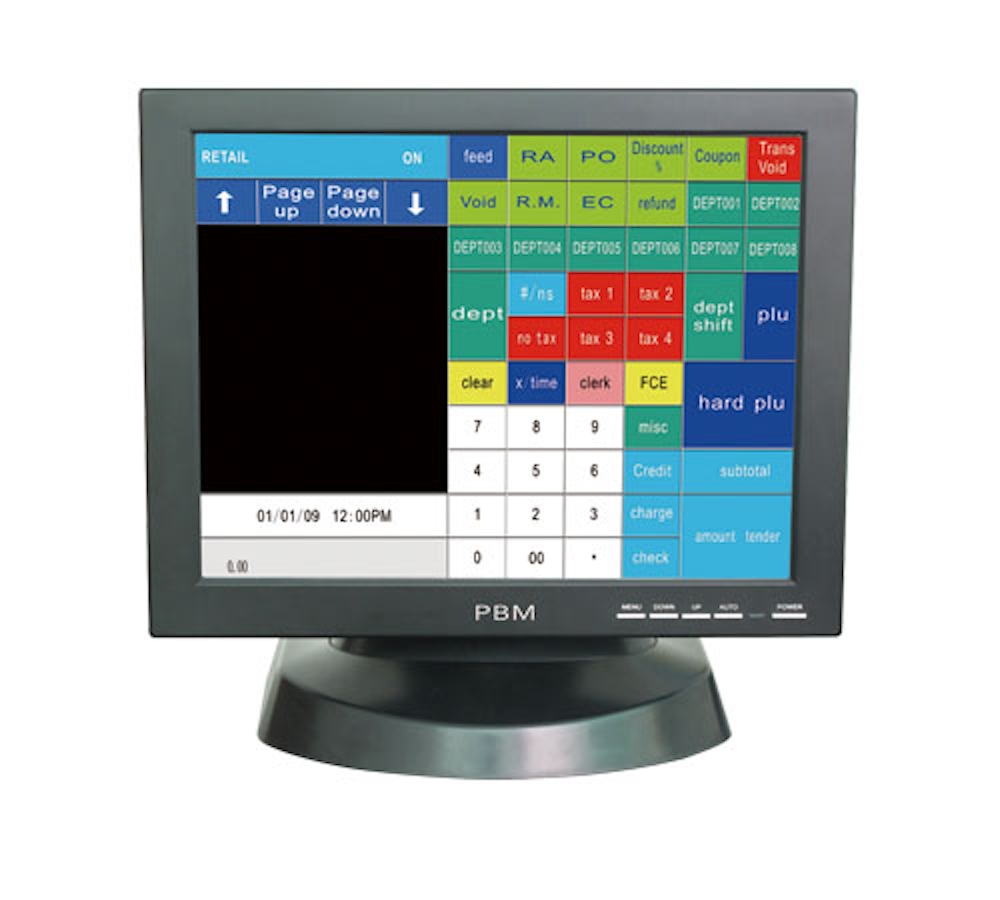Clunky touchscreens are easier to use than slick ones

I really enjoyed Amber Case’s essay “The Hidden Cost of Touchscreens.” It’s a quick but surprisingly thorough look at where touchscreen interfaces are inappropriate or just plain go wrong.
For instance, touchscreens in cars are problematic for anything that’s going to be used during driving, because well, touchscreens require looking at a thing. For muscle memory and mission-critical tasks, physical buttons are better.
But I also appreciated her nuanced, experience-driven take on ways to improve touchscreen design, where too often clean aesthetics have pushed out strict usability.
Touchscreen design could benefit from some basic design principles. Color-based interfaces take less time to parse when they are glanced at. Image-based interfaces take longer for the brain to process, and the lack of contrast can be confusing, because each item must be distinguished from adjacent items. When so many images look alike, service workers must rely on position and muscle memory for speedy use.
When I worked in food service and in the mailroom, the uglier touchscreens were always easier to work with. They were color coded with bright, contrasting colors, making the boundaries between numbers or items very obvious. I found that the colors reduced mistakes. I’d usually tap the right items after barely even glancing at the interface. After a while, I’d only check the screen for mistakes at the end of the process, before submitting an order or printing a receipt.
I think touchscreens in general are more usable now than they used to be, simply because of learning effects: more of us are used to dealing with touch interfaces in lots of different contexts, and we translate that familiarity wherever we go. At a certain point, though, we bump up against some hard limits of the human brain, eyes, and hands. Trying to fight against those hardly ever turns out well.





Stay Connected